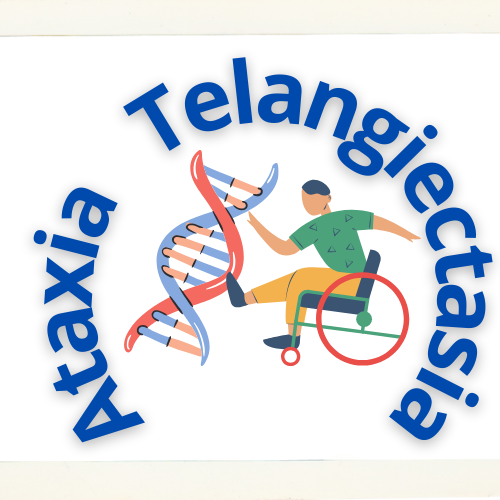ATM germ line pathogenic variants affect outcomes in children with ataxia-telangiectasia and hematological malignancies
- PMID: 38917355
Ask Copilot: Save time, read 10X faster with AI
Abstract
Ataxia-telangiectasia (A-T) is an autosomal-recessive disorder caused by pathogenic variants (PVs) of the ATM gene, predisposing children to hematological malignancies. We investigated their characteristics and outcomes to generate data-based treatment recommendations. In this multinational, observational study we report 202 patients aged ≤25 years with A-T and hematological malignancies from 25 countries. Ninety-one patients (45%) presented with mature B-cell lymphomas, 82 (41%) with acute lymphoblastic leukemia/lymphoma, 21 (10%) with Hodgkin lymphoma and 8 (4%) with other hematological malignancies. Four-year overall survival and event-free survival (EFS) were 50.8% (95% confidence interval [CI], 43.6-59.1) and 47.9% (95% CI 40.8-56.2), respectively. Cure rates have not significantly improved over the last four decades (P = .76). The major cause of treatment failure was treatment-related mortality (TRM) with a four-year cumulative incidence of 25.9% (95% CI, 19.5-32.4). Germ line ATM PVs were categorized as null or hypomorphic and patients with available genetic data (n = 110) were classified as having absent (n = 81) or residual (n = 29) ATM kinase activity. Four-year EFS was 39.4% (95% CI, 29-53.3) vs 78.7% (95% CI, 63.7-97.2), (P < .001), and TRM rates were 37.6% (95% CI, 26.4-48.7) vs 4.0% (95% CI, 0-11.8), (P = .017), for those with absent and residual ATM kinase activity, respectively. Absence of ATM kinase activity was independently associated with decreased EFS (HR = 0.362, 95% CI, 0.16-0.82; P = .009) and increased TRM (hazard ratio [HR] = 14.11, 95% CI, 1.36-146.31; P = .029). Patients with A-T and leukemia/lymphoma may benefit from deescalated therapy for patients with absent ATM kinase activity and near-standard therapy regimens for those with residual kinase activity.
